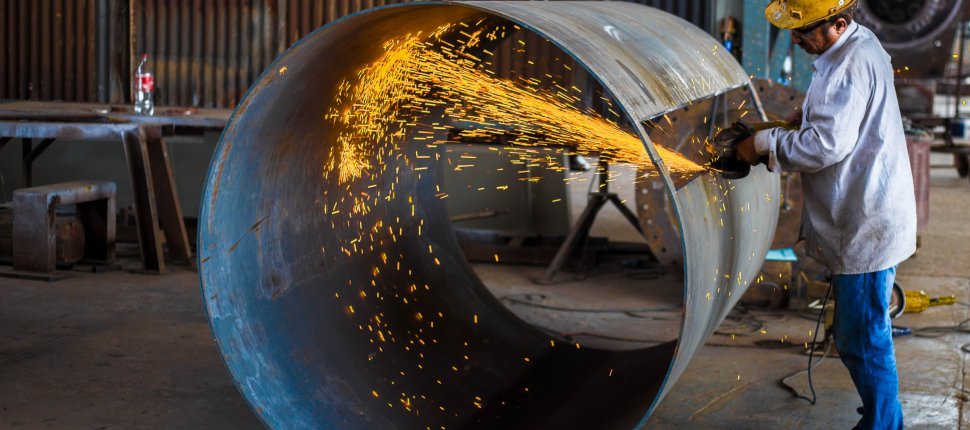The changing face of cutting technology in engineering and why less might just be more
In my many years in sales I have seen plenty of advances in engineering consumables, whether new or improved, the big manufacturers spend billions each year on R&D looking for the next big innovation, to make your life easier and make their pockets fatter. These days, its commonplace to see a laser-jet, waterjet or plasma cutter. Ten years ago these were only found in the “big” engineering firms. Now we have 3D printers for sale on Amazon & E-bay, promising you the ability to print the components you previously had to mill or lathe. It’s an exciting time indeed. Some things, however, will likely never be replaced. The reason for this is simply that they perform their function perfectly, one such thing is the ever humble cutting disc.
The cutting disc has come a long way. These days it’s a fully synthetic, resin bonded combination of aluminium oxide, silicon carbide (SiC) and other specialist minerals. Designed to be safe (European standard) with 2 fibre glass net layers to prevent shattering. They withstand lateral pressure but are still divided, according to their purpose, whether metal, stainless, ceramic or other. They are expendable and relatively inexpensive but yet divide opinion on every engineering floor in the country. You can walk into any fabricators anywhere in Ireland and they will be using cutting discs. They will have a favourite brand, a favourite type or a preferred thickness. They will very rarely agree, so what is the skinny on cutting discs (see what I did there?)
The king of all cutting discs, currently, is the one millimetre cutting disc. Sure you can get one that’s slightly thinner or slightly thicker but it is the one mil that’s the current pound for pound champ. Studies show that the thickness of the disc has a critical impact on the speed and quality of the cut. Thinner discs also allow for more accurate cutting. What does this mean for you, the end user? Less material is wasted, less time is wasted, less heat generated and less sparking meaning safer to use. This translates to cost savings for the business and who doesn’t like to see those?
Developments in cutting discs mean we can trust them now. We can all recall tales of near misses where a cutting disc has shattered and flown across the room. Thankfully these instances are extremely rare these days. Let’s not be lackadaisical though. Like with many things, you get what you pay for. When you handle a grinder with a disc spinning at 80m/second you want to be sure you are cutting safely. There are discs out there that are cheaper but you will inevitably find that they are composed of a low quality mix, they will wear quickly, cut badly and be difficult to control. There is a balance to be found between price and quality. It is a balance that most engineers/fabricators are striving to find. Test your disc. A bad disc could cost you a lot of money, or worse. A basic disc will serve its purpose but a premium disc will perform the same task but quicker and more often before needing replaced. What you need to decide is whether there is a benefit in that for your business. There are hundreds of options and as many sales men peddling them. A good decision here is important, make it wisely.




